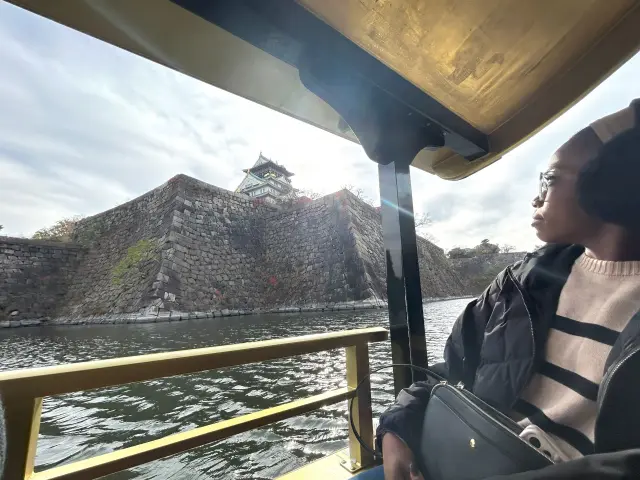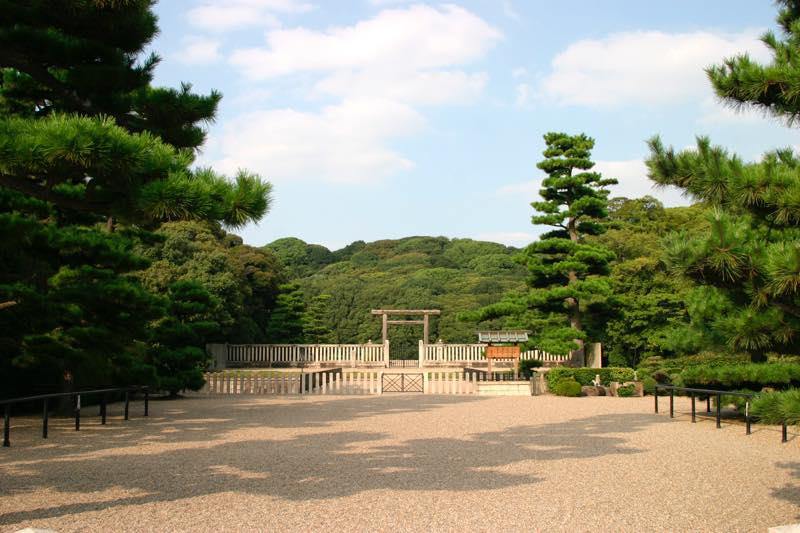
Nintoku-Tenno-Ryo Tumulus
Last update
・ Summary
Standing alongside the Pyramid of Khufu and the Mausoleum of the First Qin Emperor as one of the three great burial mounds of the world, the largest keyhole-shaped tumulus in Japan has a total length of 486m, and is thought to have been built around the middle of the 5th century. One of the three Mozu Minohara imperial tumuli, it has a three stepped mound, three moats running around it, and more than 10 smaller attendant tumuli.
This tumulus is said to stand alongside the Pyramid of Khufu and the Mausoleum of the First Qin Emperor as one of the three great burial mounds of the world. It is comprised of the combination of circular and rectangular sections as viewed from above, forming a so-called “keyhole-shaped” tumulus that is unique to Japan. It is thought to have been built around the middle of the 5th century, over a period of approximately 20 years. It is the largest keyhole-shaped tumulus in Japan, and it is known as one of the three Mozu Minohara imperial tumuli along with the Hanzei-Tenno-Ryo Tumulus (Tadeiyama Tumulus) to the north and Richu-Tenno-Ryo Tumulus (Ishizugaoka Tumulus) to the south, and is currently managed by the Imperial Household Agency as the Nintoku Mausoleum. With a south-facing front section, the entire length of the tumulus is 486m, while the round section has a diameter of 249m and a height of 34.8m, and the front section a width of 307m, height of 33.9m, and is stepped into three layers. There are jutting square platforms at the “neck” section on the left and right, and three moats running around it; the furthest out of which was excavated in modern times. It has roofing stones and haniwa clay figures, among which humanoid (with a female head), water birds, horses, deer, and houses have been excavated.
During investigations both in 1955 and more recently sue wear (a type of unglazed pottery from the Kofun period) jars were also excavated from inside, providing further clues as to when the tumulus was created. During 1872 the long stone coffin placed in the pit-type stone chamber in the front section was opened, and a sword, armor, and glass jars and plates were excavated from within. Although these artifacts where then buried again, detailed records were taken, and the armor was beautiful gilt bronze.
As befitting the largest key-hole shaped tumulus in Japan, it is surrounded by more than ten “baicho” (smaller tumuli built in attendance to a large one). Although it is called the Nintoku-Tenno-Ryo Tumulus, it is also known that it was built after the Richu-Tenno-Ryo Tumulus, which is the opposite order from how these emperors are presented in ancient documents such as the Nihon-shoki.
・ Address Daisencho, Sakai-ku, Sakai shi
・ Open None
・ Closed None
・ TEL None
・ Official HP None

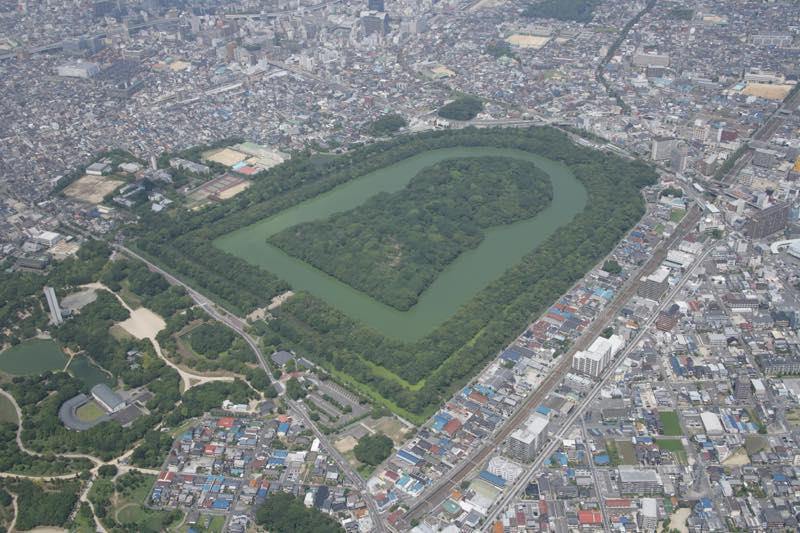
Check also...

Consider your accommodation in the Kansai area!

Restrictions on Large Baggage

Hidden Stories in Stone: Exploring Japan’s Castle Walls

Feel Like a Lord: Castle with Stunning Panorama Views

Experience the True Essence of Japan through Castles, Cultural Treasures, and Timeless Gardens
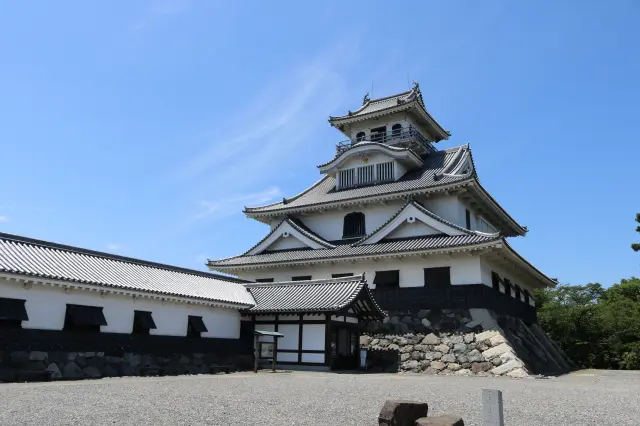
Castles of Toyotomi Hideyoshi
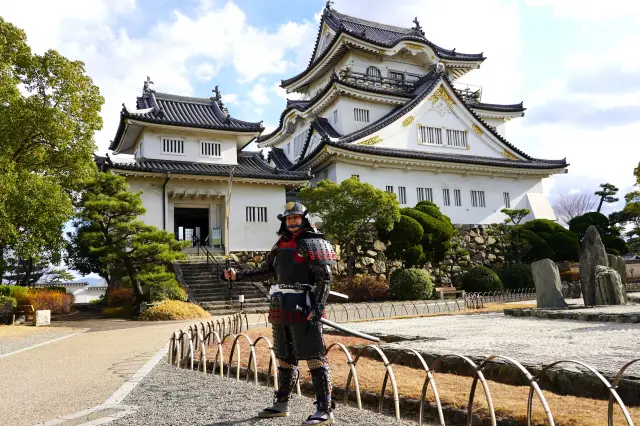
Exploring the Roots of Festivals: A Journey of Understanding Local Bonds and the Preservation of Culture
